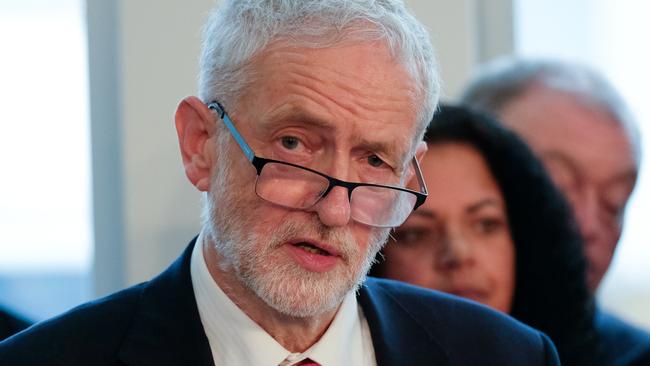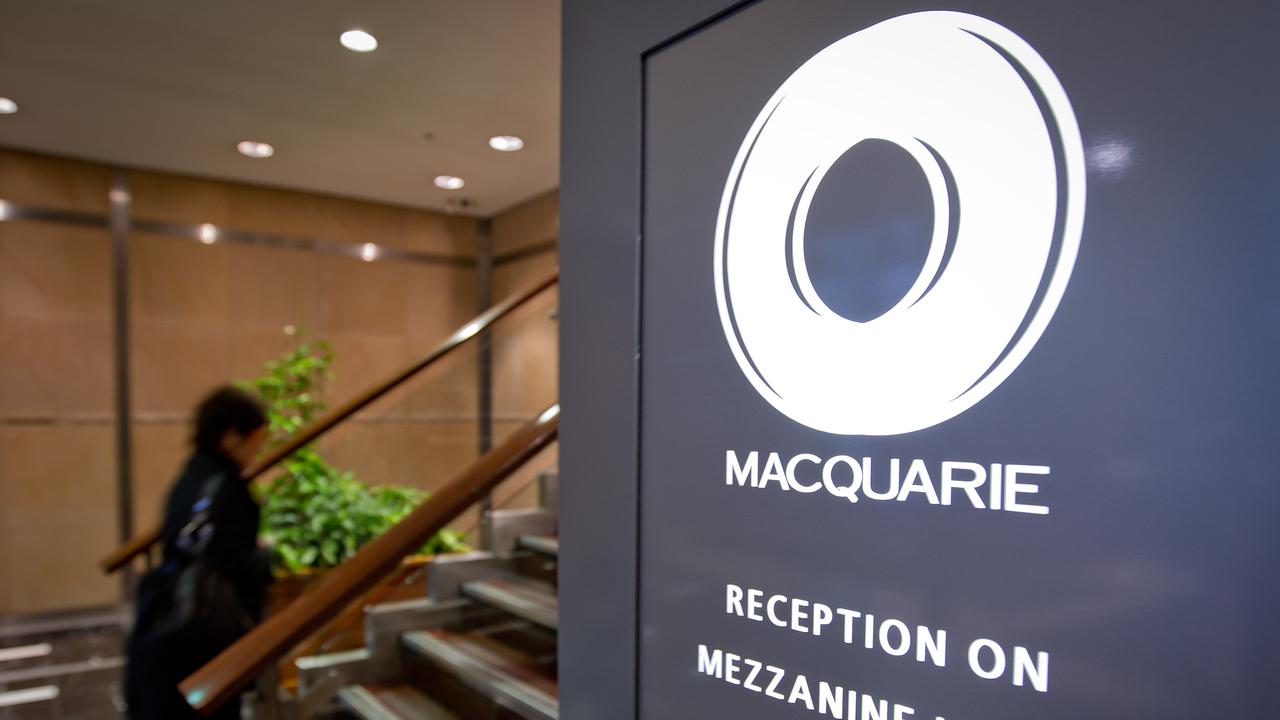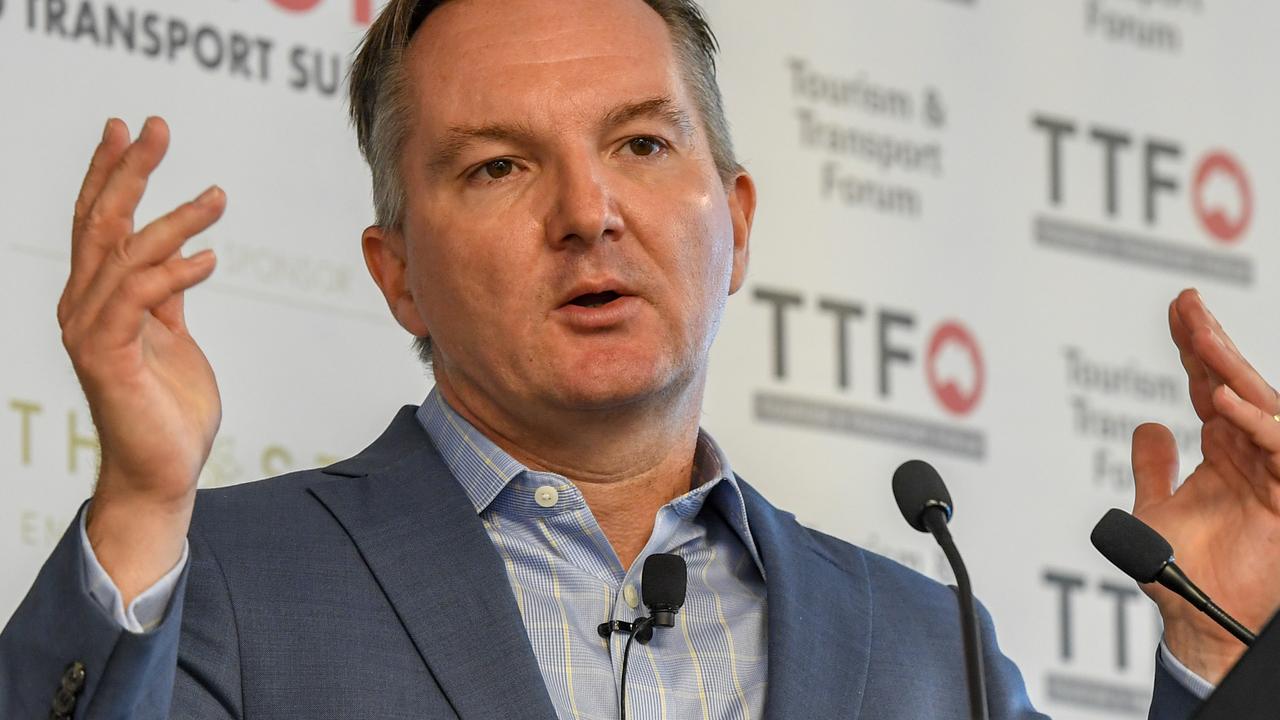Global politics is turning left as markets swing
The Brexit rejection vote is a symptom of a world that is set to swing dramatically to the left.

The Brexit rejection vote is a symptom of a world that is set to swing dramatically to the left and a share market that does not fully appreciate the dangers that are lurking below the surface.
Today let’s map this trend to the left and then look at some of the underlying forces causing it.
Step back from the Brexit noise and you find that in the UK, the conservative forces are split. That split creates much of the chaos. Whether the UK has another referendum or leaves the common market without a deal, it’s almost certain that the hard-left leader Jeremy Corbyn is now set to be prime minister.
When he became leader of UK Labour in 2015, the general view was that his far-left views made him unelectable. Now he is the front runner.
Then swing to France, the second-most important country in a European economy without Britain. It is a high-cost country that needs a lower currency to compete. President Macron does not have the currency option so tried to make the necessary adjustments. But the population revolted and it is highly likely that he will be replaced by a hard left or a hard-right leader.
If France goes hard left, than we may have Italy, France and the UK with left wing forces in control.
Across the Atlantic and we find the Democratic party swinging to the left. Had the Democrats endorsed left wing Bernie Sanders, he may well have beaten Donald Trump. The Democrats will almost certainly endorse a candidate similar to Sanders (if not Sanders himself) in 2020.
Here in Australia our ALP is well to the right of Jeremy Corbyn and the likely US Democratic candidate, but we are moving to the left. .
What is causing this sudden global lurch to the left among the front runners to replace current leaders? Why is the main opposition to the left challenge coming from the extreme right?
In very simple terms, the existing globalisation system has delivered wealth to nations, but not enough of that wealth has trickled down to the voters, so they are not happy.
In the US, Donald Trump realised that the unhappy voters were in enough electorates to put him in the oval office. But as President, he was not able to take the entire nation with him and the divisions are deep.
Whether it be in the US, Europe or Australia the divisive headlines are captured by the migrant debate. In essence residents from poorer countries — whether they be from Africa, the Middle East, parts of Asia or Southern America — want to come to countries that have a higher standard of living.
And the populations of the richer nations are divided as to whether they should open the floodgates or restrict entry. The biggest sleeper issue in the UK Brexit plebiscite was migration. In the US the debate over the Mexican wall is another version of the same issue.
In Australia we have both parties agreeing not to reopen the floodgates.
But there is an even deeper issue that is obscured by issues like migration. The world has become hooked on a form of financial stimulation that creates debt and it is proving very difficult to reverse.
China was deeply disturbed by the debts that have been built up and began clamps in credit, but has been forced to start stimulating again.
The world recovered from the global financial crisis via massive injections of money into the system often through quantitative easing. Combined with low interest rates this should have accelerated growth and prosperity. But QE did not stimulate as strongly as its proponents hoped. What it did do was dramatically increase asset prices and, in many countries, make home ownership harder for those not on the ladder.
As pointed out earlier in the week, the reversal of these stimulation programs is creating dangerous situations. Europe and Japan are reducing their level of quantitative easing whereas the US has gone one step further and begun allowing its bond and mortgage purchases to mature — so called Quantitative Tightening or QT. Coupled with higher interest rates this threatens to send the US into a slowdown and President Trump is pleading with the US Federal Reserve to stop lifting interest rates.
In Australia we gave our economy a huge boost via government deficits while the stimulation in China created a surge in the demand for our minerals and agriculture. Our banks showered residential market with ever increasing lending. Dwelling prices went through the roof in Sydney and Melbourne.
Like the US we are reversing this process, mainly through banking regulation clamps, and it’s starting to have a severe effect in the economy. Dwelling prices are falling and negative equity situations where people owe more than their dwelling is worth are emerging. Into that fragile mix the ALP is planning its retirement and pensioners tax to hit 1.4 million small savers plus changes to negative gearing which will further lower dwelling prices in some markets.
But in Australia voters are only partially interested in policies. They are expressing their frustration with the Coalition’s splits and leadership changes via the polls.
The global sharemarket is seeing dramatic swings in this environment and these swings will continue.




To join the conversation, please log in. Don't have an account? Register
Join the conversation, you are commenting as Logout